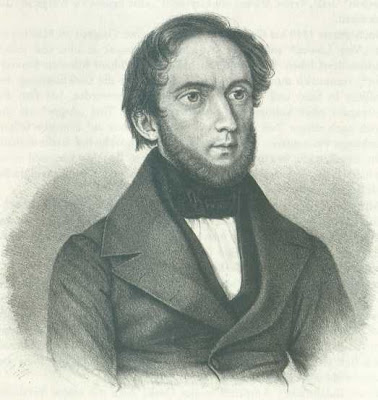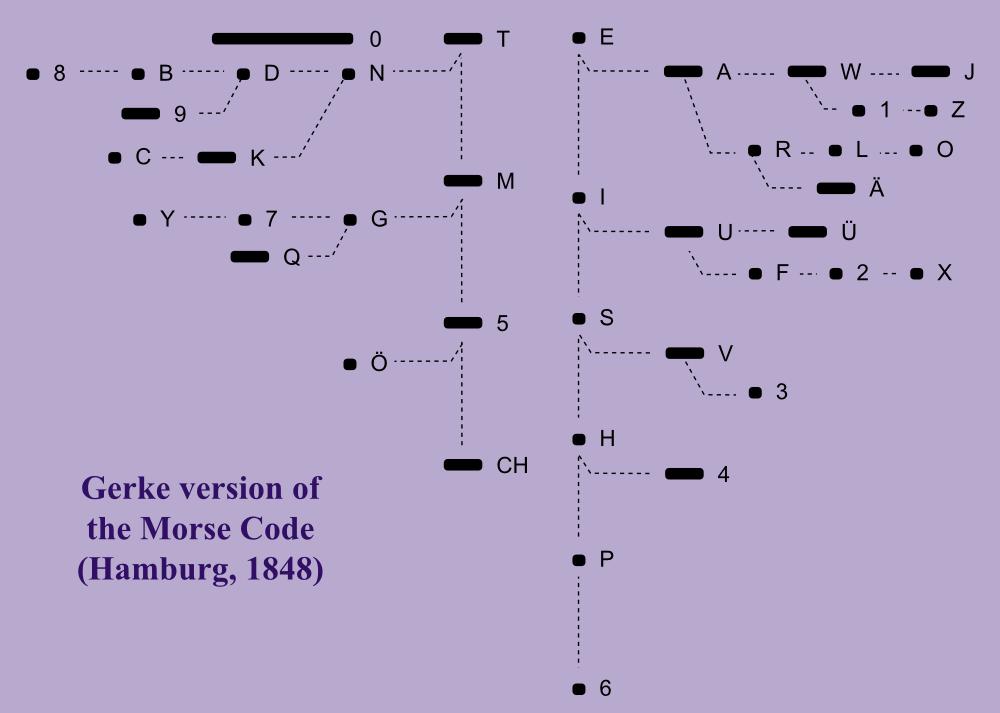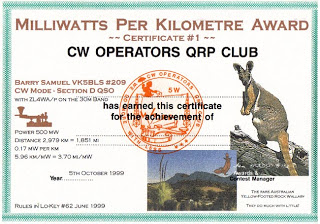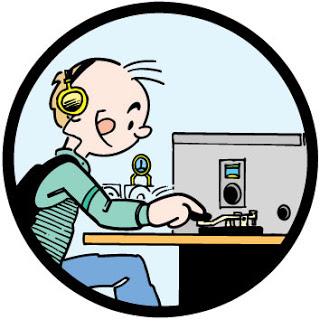Via a link to a Facebook page I found two morse related applications (for Windows) here. This page is interesting not just for the RSS Morse and Morse Keyer programs, but also some handy morse related links.
I discovered a free pdf book ‘Zen and the Art of Radiotelegraphy’ by Carlo Consoli, IK0YGJ. Interestingly Carlo wrote the book in Italian, translated it into English himself and then got Ulrich Steinberg, N2DE to revise the book. Net result: Very readable! When you think about it the first thoughts behind the first morse signals to hit the ether would have been in Italian! Carlo also salutes craftsmen such as Piero Begali I2RTF, Salvatore Canzoneri IK1OJM and Alberto Frattini I1QOD.
There are also links to versions of The Art and Skill of Radiotelegraphy by William G. Pierpont N0HFF (3rd edition – 20 April 2002) and Using an Iambic Paddle by Chuck Adams, K7QO.
Also via a post to the CW email group a link to K6DBG’s page on ‘Some things I’ve discovered about learning and operating CW‘ and a link to a a cross-platform Morse program http://c2.com/morse/.
This site is the distributon site for current and historical versions of A Fully Automatic Morse Code Teaching Machine first described in a May 1977 QST article of the same name by Ward Cunningham.
Ward Cunningham of course is the ham who also developed one of the earliest wikis on the web at http://c2.com/cgi/wiki.






